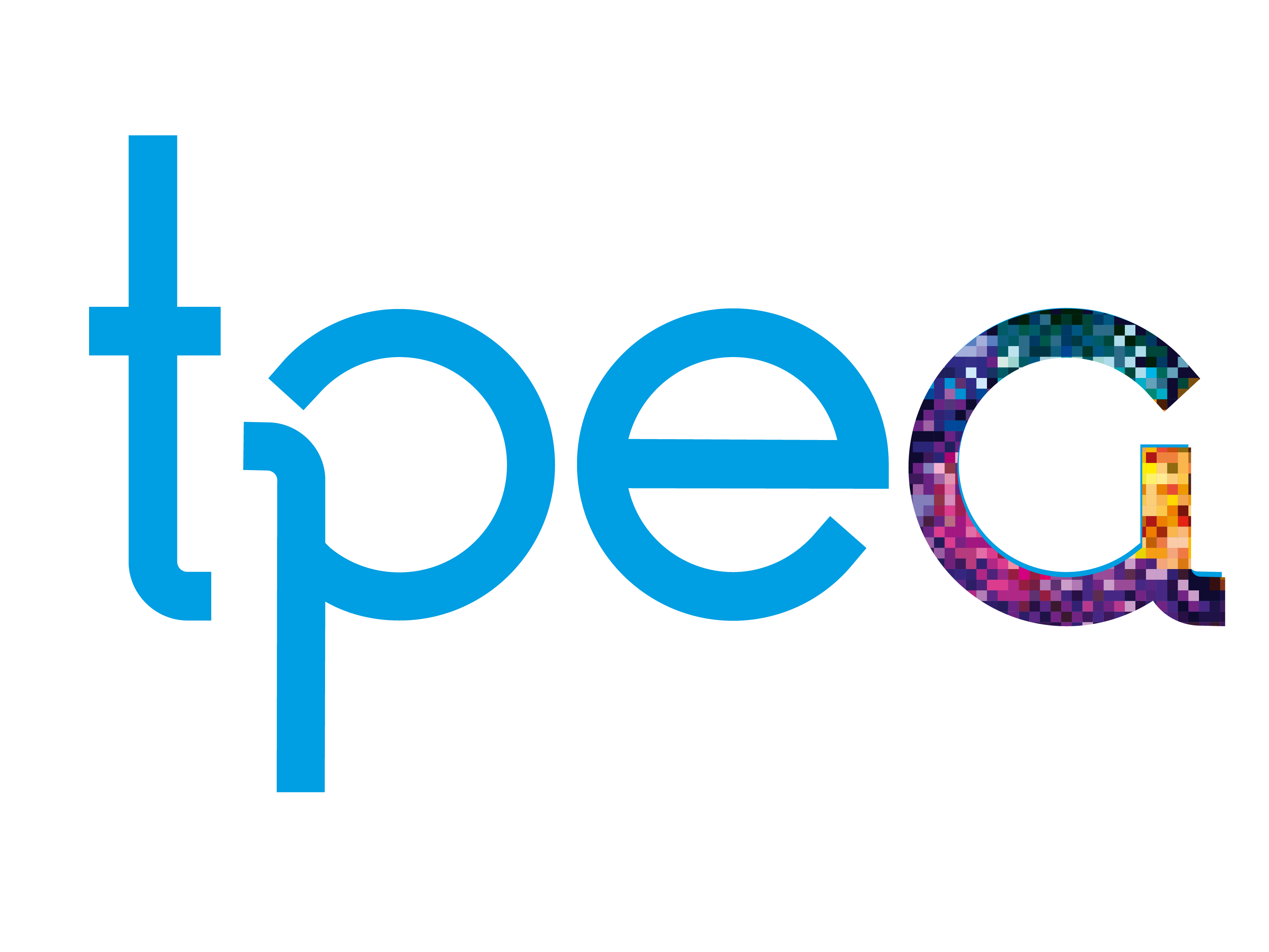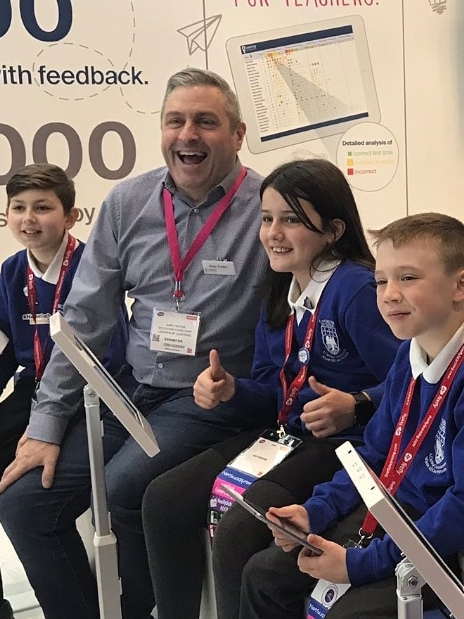Well I didn’t have anything to worry about as at the end of it I was informed that it was a very good lesson. I don’t remember why it was a very good lesson, but he did leave me with one pearl of wisdom. If I drew pencil marks on my black board my writing would be straighter! He also gave me £50 to buy some books for my class.
Did I use any technology? No, but it was deemed to be a very good lesson. 30 years later the classroom is a very different place. interactive whiteboards, flat panel screens, tablet devices, ChromeBooks and of course WiFi Networks and the Internet, but has teaching changed? One thing is for certain I can now ensure that I have beautiful straight lines and neat writing every time, although I have heard so many discussions across the country about the right font to use in schools. And the use of the font style for the letter “a” is so controversial, which has led to the adoption of Comic Sans as the font of choice for many schools. Even to the point of having articles written in TES https://www.tes.com/news/does-comic-sans-help-dyslexic-learners.
The introduction of the interactive white board and now the flat panel screen, was seen as a pivotal moment for technology in education changing what was happening in the class. As the name suggests it was going to make teachers lessons more interactive and as we know, children learn better when lessons are interactive Don’t they? What wasn’t mentioned was the fact that the interaction was between the teachers finger or electric pen and the screen not the pupils. I have been lucky enough to visit hundreds of schools in my various roles over the last 30 years and I have seen very little, truly interactive, use taking place. I have seen pieces of paper blue tacked to screens and around the edges, I have seen lessons cancelled in colleges because the login code for the projector was forgotten. I have seen many positioned with furniture, shelves, books, general teacher clutter in front of them and so high no one can touch them anyway, even the teacher let alone children. I have seen numerous PowerPoint demonstrations with no pupil interactivity. One school introduced me to one of their teachers deemed to be an excellent user of interactive technology only to watch them tap the screen to progress a PowerPoint a page at a time. Why are so many schools still using using a 9 year old version of their interactive software? Why? Because it is the last free version. Has nothing improved in the past 9 years to make them pay for it? Obviously not.
Does this make them bad teachers. In some cases yes, but maybe they are just bad teachers anyway. For many it is untrained teachers that have not been given enough time to get their heads around the changes they need to make. As a trainer for IT in schools I have delivered training with excellent feedback, leaving teachers excited and enthused only to go back a year later to see that they have forgotten their login code as they have not had time to use it or other issues have dominated their time in school. Implementation of the use of IT needs to be delivered with clear goals of what needs to be achieved and how. Those implementing it need to buy into the idea! So often technology has been purchased using money won in bids and then the planning has taken place retrospectively to make it fit. And in some cases this has worked, but in many it has failed and we see technology sitting in cupboards gathering dust.
Which brings me to a fundamental question “Has technology changed teaching in 30 years?” Frankly, in many cases, no and what is worse we have a generation of teachers who think that they can’t teach without the whiteboard or it has actually become a hindrance to teaching due to inadequate WiFi, equipment failure, poor (or even worse) no training, etc.
Another issue has been the time implication for teachers already under real time constraints to do their job properly. Many of the technologies we use require the teachers to make their own resources which assumes a great depth of knowledge of the product as well as the time to do it. Google should help teachers search quickly for good resources, but how often have I spoken to teachers who are spending hours sifting through badly designed worksheets online! Who is carrying out the quality control to ensure these resources are educationally sound? Again how often have I seen teacher communities set up to share resources, but on careful inspection the quality has been poor with no checking of content.
So am I suggesting we don’t need to use technology or that it can’t help already overworked teachers under pressure from all corners to prove their effectiveness? Not at all. It is about looking at what you want to achieve with technology and what can help you achieve that. For too long technology has been thrown into schools without any idea what it is meant to achieve or a clear plan to implement its effective use.
Ideally we want to have technology that engages pupils. We want technology that is reliable and reduces teacher workload. We want technology that improves pupil attainment, We want technology that is simple for both teachers and pupils to use. We want technology that has high quality content that has been scrutinised. We want technology that has a sound research based background to prove it makes an impact in education. If you purchase technology that can’t answer yes to these questions you might want to reflect again!
About Gary
Gary started his teaching career in Norfolk becoming a Deputy Head Teacher in Suffolk and went on to train teachers in the effective use of technology as a Senior Lecturer with Anglia Polytechnic University. He has since worked as an independent EdTech consultant and with some of the largest Edtech Companies in the UK accumulating over 20 years of experience with technology in education.







